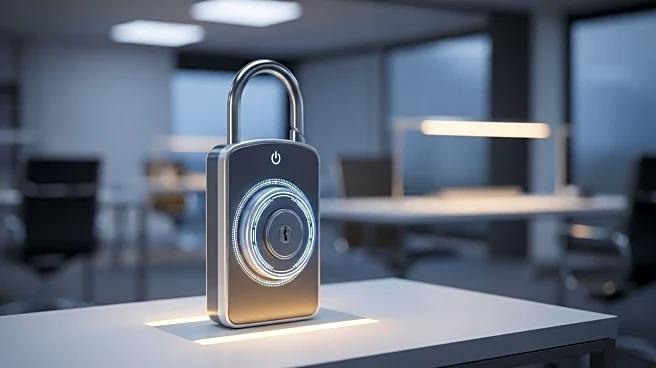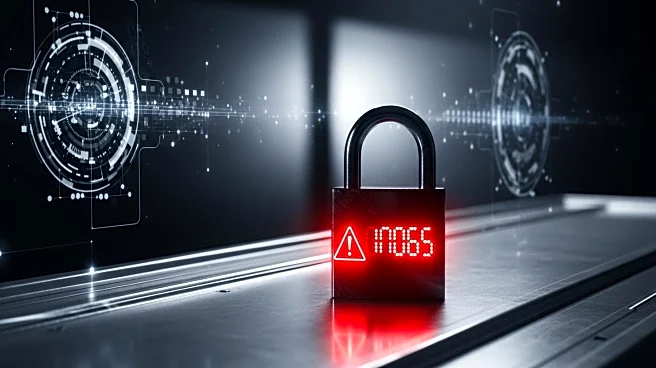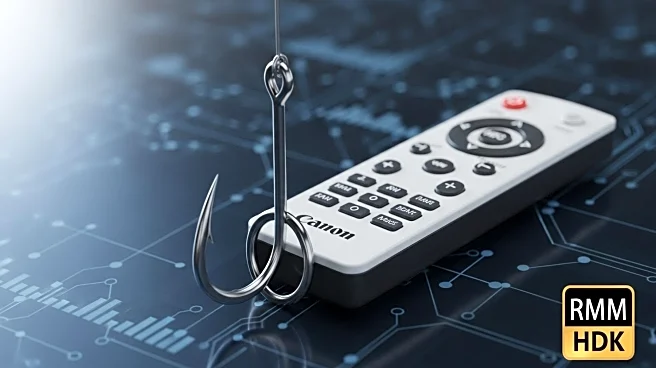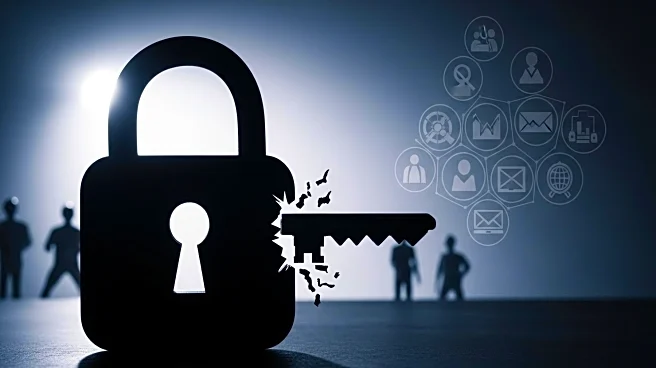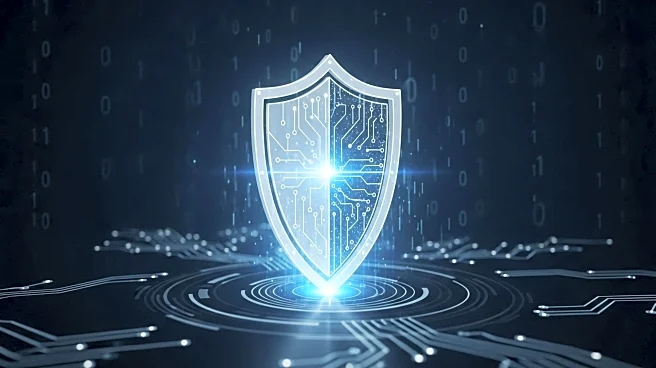What's Happening?
The Zero Trust model, a cybersecurity framework introduced 15 years ago, continues to face challenges in full implementation across industries. Initially conceptualized by John Kindervag, the model emphasizes the need for security measures that do not rely on traditional network perimeters but instead verify every access request. Despite its sound principles and endorsement by federal mandates like EO14028, which requires federal agencies to adopt Zero Trust architectures, the model's adoption remains incomplete. The lack of a universal implementation guide and the need for customization to fit different corporate environments have hindered widespread adoption. The model's core tenets include a default-deny posture, identity-based access, least privilege, and continuous verification, which are easier to implement in modern, cloud-native architectures.
Why It's Important?
The Zero Trust model is crucial for enhancing cybersecurity by reducing the risk of data breaches and insider threats. Its principles are designed to limit the effectiveness of stolen credentials and prevent lateral movement within networks. However, the incomplete implementation of Zero Trust leaves organizations vulnerable to cyberattacks. The model's emphasis on verifying every access request can significantly reduce insider risks, which account for a substantial portion of data losses. As cyber threats become more sophisticated, the need for robust security frameworks like Zero Trust becomes increasingly important. Organizations that fail to adopt these principles may face heightened risks and potential financial losses due to breaches.
What's Next?
For Zero Trust to be fully effective, organizations must overcome the challenges of implementation, which include retrofitting existing networks and overcoming human factors that prioritize convenience over security. The model requires a shift in mindset, placing technology and process before people to ensure security measures are not bypassed. As cybersecurity threats evolve, the pressure on organizations to adopt comprehensive Zero Trust frameworks will likely increase. Future developments may include more detailed guidelines and tools to facilitate easier implementation across various industries.
Beyond the Headlines
The Zero Trust model also highlights the tension between security and user convenience. Poorly implemented Zero Trust can lead to increased friction for users, prompting them to find workarounds that compromise security. The model challenges traditional security paradigms by emphasizing the need for continuous verification and least privilege access, which can conflict with user expectations for seamless access. As organizations strive to balance security with usability, the Zero Trust model may drive innovations in user-friendly security solutions.

